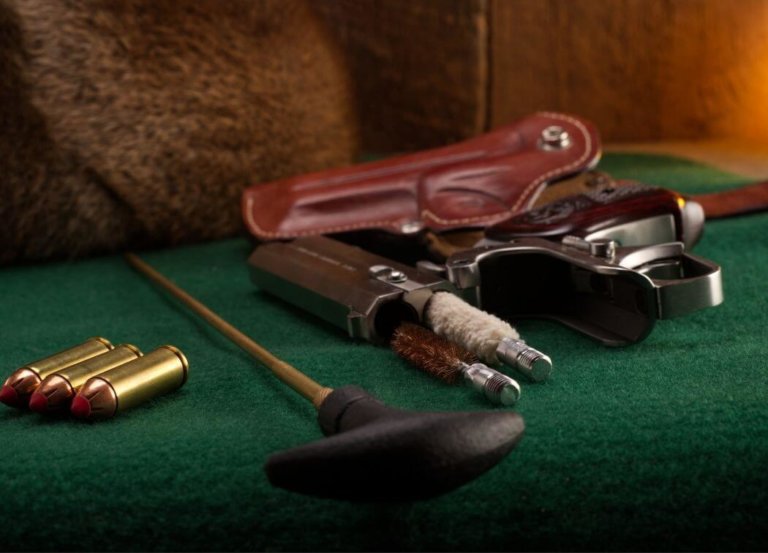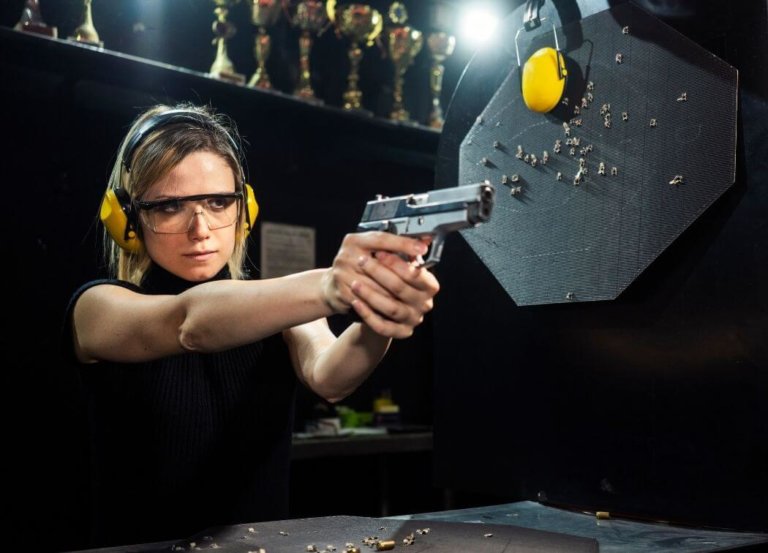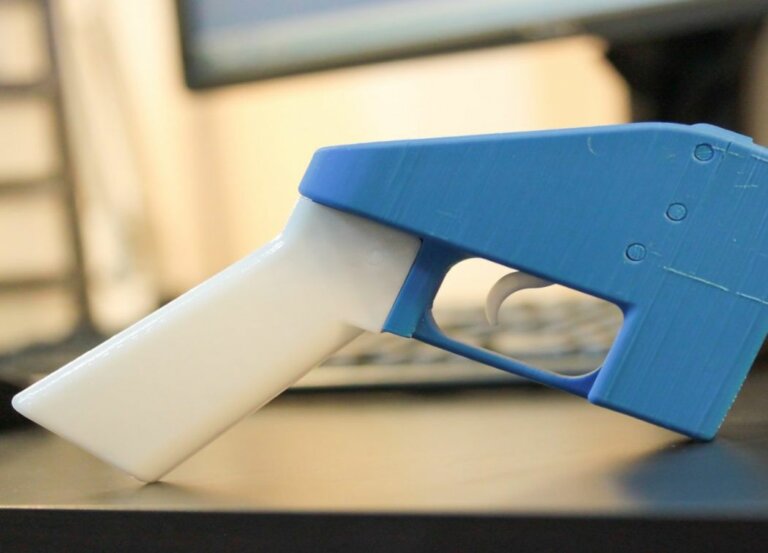How To Buy A Silencer – Avoid Mistakes
Do you own a silencer? If not, there’s a good reason for that.
Silencers have long been on the ATF’s (ATF stands for “Alcohol Tobacco and Firearms”) list of NFA items regulated to manufacture, sell, or possess.
With the longstanding federal laws regarding gun ownership, purchasing a silencer has often had many strict rules and regulations surrounding it.
But in recent years, these hurdles have slowly diminished to make purchasing one much easier and faster than before. So how exactly do you buy a silencer?
If you’ve ever said that buying a silencer is too expensive, takes too long, or confuses you with its paperwork, you’re not alone. Acquiring a silencer can be quite the task if done incorrectly, and it’s not one to be taken lightly in any regard.
But over time, acquiring a silencer has been simplified and streamlined by trained professionals.
Buying a firearm suppressor doesn’t have to be arduous nor difficult if one follows the simple steps that make up our process below:

How to choose a Silencer?
A suppressor also called a silencer or sound suppressor, is designed for a specific purpose. Gun owners use suppressors to quiet the loud noise caused by weapon discharges from firing.
No matter how good a 5.56 caliber one might own, if it were applied onto a .308 rifle, there would be a cacophony of sounds created by the rifle attempting to discharge, causing an unpleasant and alarming noise level your ears aren’t prepared for. A better option is to choose the right caliber of the rifle.
There are three types of silencers that you should consider before buying one. The first type is a single-chamber silencer, which is the most basic type of silencer.
It’s simple to use, but it doesn’t last as long, and it’s the most likely to malfunction or break. Next is the multi-chamber silencer, which will last you longer and handle more ammunition. They’re a little more challenging to use, but they’re far more reliable, and they’ll last you a long time.
Finally, there’s the quick-detach silencer, which is the most convenient to use, but it’s the most expensive, and you’ll need to buy a new one if you want to move it to a new gun. All of these silencers will reduce the noise that your gun makes, but they all do it in different ways.
You also have to consider bullet diameter, chamber pressure, case volume, and expected burn rate of standard powders if you will use a suppressor across cartridges and in different firearms.
As long as you are within the pressure and volume limits the manufacturer lists and at or under bullet diameter, you are okay.
Process of purchasing
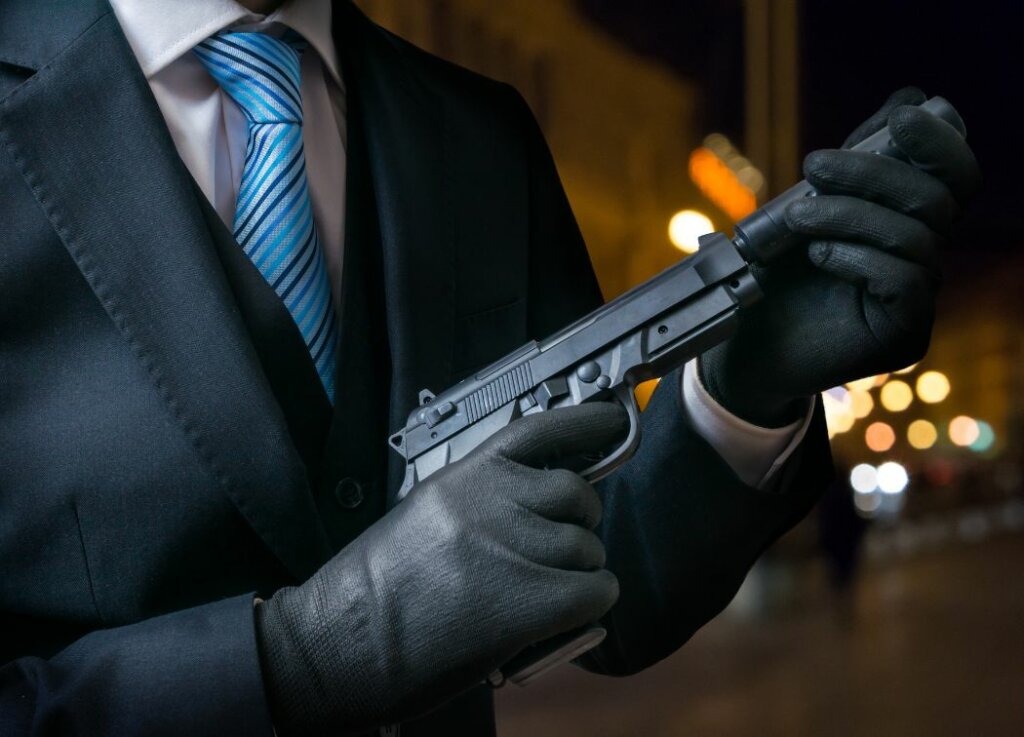
Purchasing a Silencer
When it comes to enhancing your firearm, you want to make sure that all of the appropriate questions are asked before doing so.
With various accessories and enhancements available on the market right now, it is easy to get pulled in different directions. One way to help avoid confusion when deciding what types of improvements they should look into is by answering some questions first.
While you may be asking yourself, “What is the best silencer for my rifle?” this article will help make it clear that the answer to that question can’t really be determined without knowing a little more about your requirements and preferences.
There are several factors to consider like: what firearm(s) you wish to attach the suppressor to, which specific caliber it is chambered in, how vital size, weight, length, sound performance, or durability of the suppressor might be to you and also how much you might want to spend on your choice (as this determines your options).
By answering these four questions, you should be able to narrow your silencer options down to a few select choices. From there, you can look into features unique to each silencer, which will help you determine which silencer is the right match for you.
Purchasing a Tax Stamp
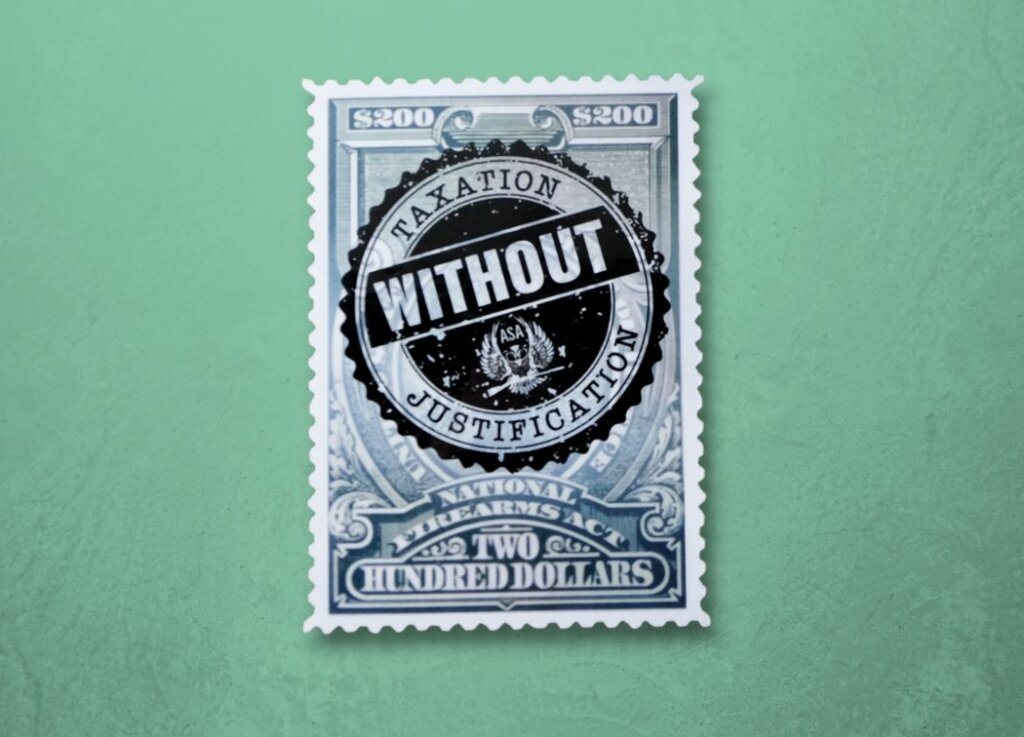
First, you have to register as a suppressor manufacturer, including paying a fee to the ATF. You can do this through the mail or on their website.
In addition, there is a $200 transfer tax. You must send your application to the ATF, wait for approval, then submit the paperwork to your local dealer when you are approved. Then, you must fill out paperwork submitted to the ATF and wait for the approval. This process can take months, so be patient.
It is illegal to own a silencer without an NFA tax stamp. Here is a list of the manufacturers of NFA items that offer tax stamps. -Silencerco, Advanced Armament, and SWR.
According to ATF Form 4473 (Firearms Transaction Record), the buyer must be a US citizen, and their residential proof is required. If you are a US citizen and can fill out Form 4473, you can buy a silencer. If you are not a US citizen, you have to have a permit from your country to purchase a silencer.
Submit fingerprints
An FD-258 is a fingerprint card that the ATF and other federal agencies can use to register fingerprints.
You take two types of prints on an FD-258, namely “slap” or “flat” prints, where your fingers are flat against the paper, and “roll” or rotating fingerprints where you gently roll over each individual finger to capture a much larger area.
This is where the Silencershop power kiosks come into play. With power-kiosks located around the united states, a Powered by Silencer Shop dealer is conveniently at your fingertips.
The great thing about scanning your prints at these kiosks is that you only have to attempt this step once, and then you don’t ever have to worry about it again! Finding a power-kiosk near you not only gives you access to their vast array of firearm suppressors and essential accessories, but they can also scan in your prints for you!
Add a set of FD-258 fingerprint cards to your check-out cart. In the FD-258 packet, you’ll receive instructions, fingerprint cards, and a return label if need be. Once you’ve done this and it gets shipped back to us, we will digitize your fingerprints so that from here on out, there will be no messy ink or fingerprint cards required!
Those who can not or do not want to do it manually can obtain an FD-258 fingerprint card packet and do it manually as well.
Documentation
To purchase a suppressor, you will need first to find both an authorized seller and an authorized dealer in your area.
These two unique vendors will help you fill out what is known as Form 4. The dealer will then send this form on your behalf to the ATF through their request.
When it comes to paying for these kinds of devices, remember that they can be costly! However, even though the ultimate price may seem steep, this is easily outweighed by all of the privileges that come with owning one of these items.
To purchase a suppressor – or silencer, as it is commonly referred to – you must be aged 21 years or older and also have no felony convictions or misdemeanors involving domestic violence. You must also be a current resident in an area that permits the lawful possession of NFA firearms.
You are also supposed to submit an ATF Form 4 (duplicate), FBI Form FD-258 filled with black ink, passport-sized photos, a $200 check to BATFE-NFA, and ATF Form 5320.23 if you are buying on behalf of a trust.
Finally, you will need to notify your local chief enforcement officer by sending them a copy of your Form 4.
Pick Up Your Silencer
After using ATF 4 form application services and the National Firearms Act application service, you will have your tax stamp in hand for your NFA firearm.
Depending on what level of information you require for your application, the wait time can be between 7 to 11 months, with the majority taking around 8 for approval. If approved ahead of time, perfect!
But if not later than expected, don’t worry because first come, first serve, but they’ll update NFA Tracker, and if initial approval isn’t fast enough, they may have an expedited option available as well!
Once you have gone through the entire process, you are ready to have your silencer in your hands.
Common mistakes while purchasing a gun silencer
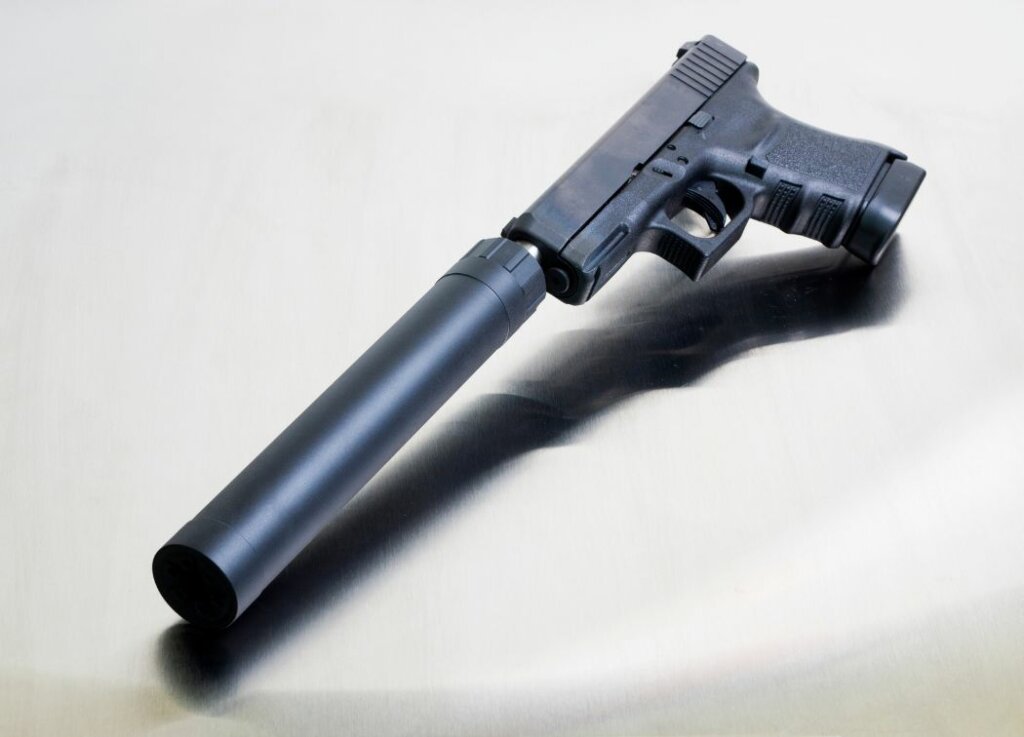
The importance of a pistol silencer has not gone unnoticed by modern-day gun enthusiasts.
A silencer will offer a level of protection from the noise that usually accompanies firing a weapon while also working to conceal conversations between fellow shooters.
While these helpful tools certainly have their place, it’s essential to purchase an effective silencer as not all pistols require the use of one. The following are what are considered to be mistakes every would-be marksman should avoid when choosing a pistol silencer for their favorite tool:
It would help if you always choose a silencer compatible with the calibers. Why caliber matters the reason is simple: multiple firearms calibers in one suppressor can take up space and make a silencer bigger and heavier.
The best possible way to avoid that is by using a muzzle can or going hybrid. It’s always better to opt for a silencer that has room for multiple calibers. This way, any gun you use the silencer on will have a finished look with less compromise on functionality.
A silencer needs to be adequately maintained to stay in good condition and continue to function effectively. However, careful attention must be paid because the inside of a silencer gets very dirty during the regular usage of a pistol.
Therefore, you will need to regularly disassemble the inner workings of your silencer, remove any residue, and thoroughly clean them for your silencer to continue its job correctly. So pay attention to the maintenance needs before buying.
One of the best ways to clean a silencer is with an ultrasonic cleaner. This can be hard to find, but it’s available online as well as through certain shops that sell suppressors; however, it is generally easier to also purchase an ultrasonic cleaner when you make your initial investment in a silencer, so you don’t have to deal with finding one when you need it.
Different silencer models have lots of variations. Even though it’s a bit more involved to compare decibel ratings, one thing to bear in mind is that the decibel rating will go up if and when the size of the silencer dimensions decreases.
As a rule of thumb, keep in mind that a size reduction is usually accompanied by an increase in decibel rating and vice versa.
If you’re looking for that silent, discreet type of handgun silencer, then keep those things in mind. It might raise your chances of getting what you need knowing this information about decibel ratings and their measurements.
Last but not least, do not miss out on looking into the mounting process thoroughly before buying. You should also check the blowback levels of your silencer.
Conclusion
While the silencer is an excellent piece of equipment, it does have a few downsides.
The biggest one: it costs a lot of money. A decent one can cost you up to 800 USD and go up to 1200 USD. It is not a small amount of money in any case, but it is something that you can invest in if you want to protect your ears while shooting.
Another issue is the waiting time. It will take you a while before your silencer is ready, and it is something that you have to consider. You can’t just buy one and use it right away, and you have to wait a while, which can be annoying.
Silencer laws vary by state, so be sure to check the laws in your state. They are legal in most states as long as you own a gun.
So take note of all these things while buying your preferred gun silencer.

